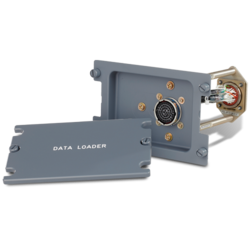
While making progress with both Event Triggers and Extension Templates, I needed to make a little break. My current keeping sane mental exercise seems to mainly involve using Common Lisp, a programming language that ships with about all the building blocks you need.
*Yes, that old language brings so much on the table* When using Common Lisp, you have an awesome interactive development environment where you can redefine function and objects while testing them.

pgloader is a tool to help loading data into PostgreSQL, adding some error management to the COPY command. COPY is the fast way of loading data into PostgreSQL and is transaction safe. That means that if a single error appears within your bulk of data, you will have loaded none of it. pgloader will submit the data again in smaller chunks until it’s able to isolate the bad from the good, and then the good is loaded in.

Another day, another migration from MySQL to PostgreSQL… or at least that’s how it feels sometimes. This time again I’ve been using some quite old scripts to help me do the migration.
This article is about versions 2.x of pgloader, which are not supported anymore. Consider using pgloader version 3.x instead. You won’t need to generate the configuration anymore as pgloader now connects to a live instance of the source database and query its system catalogs for you.


